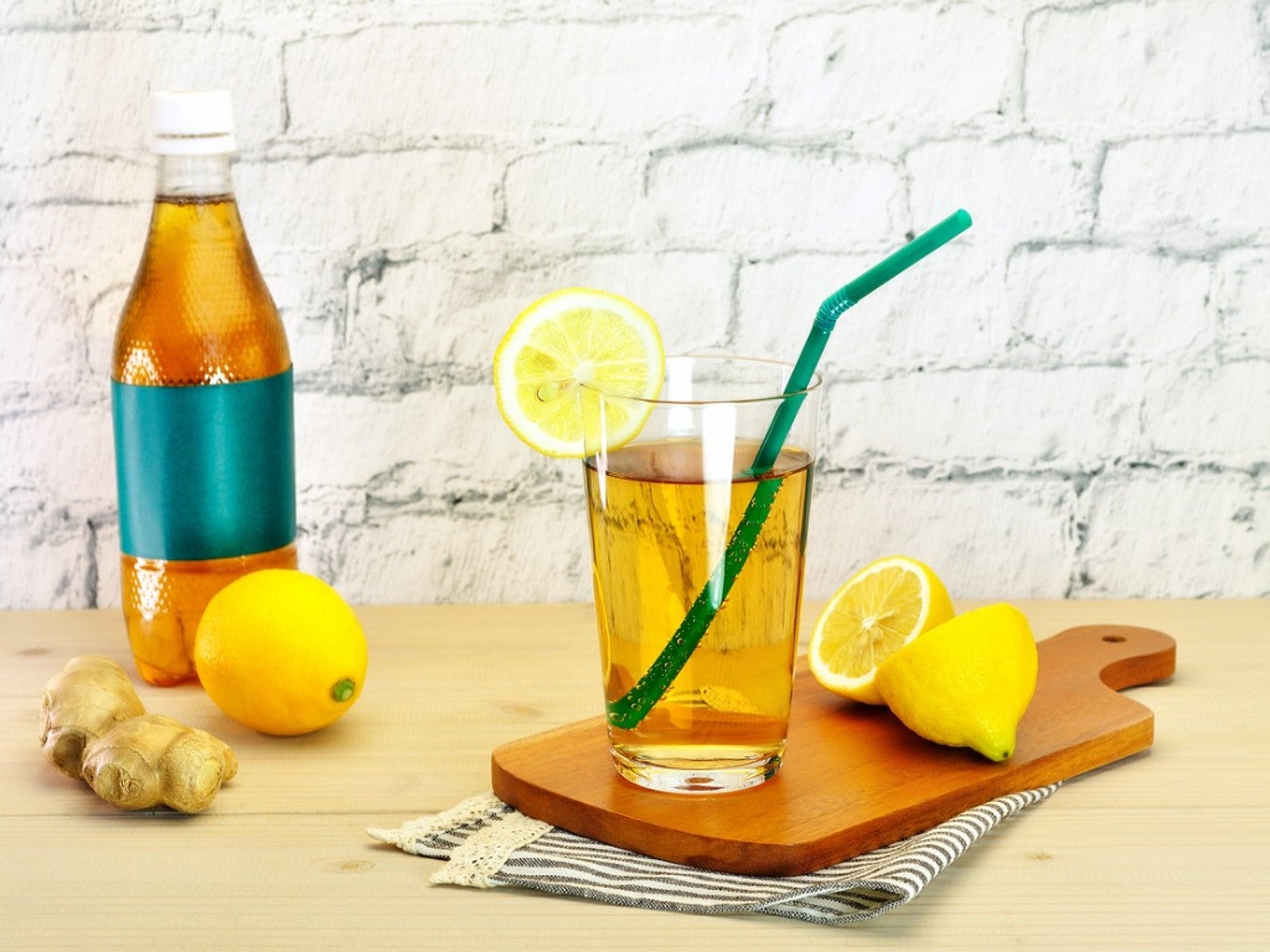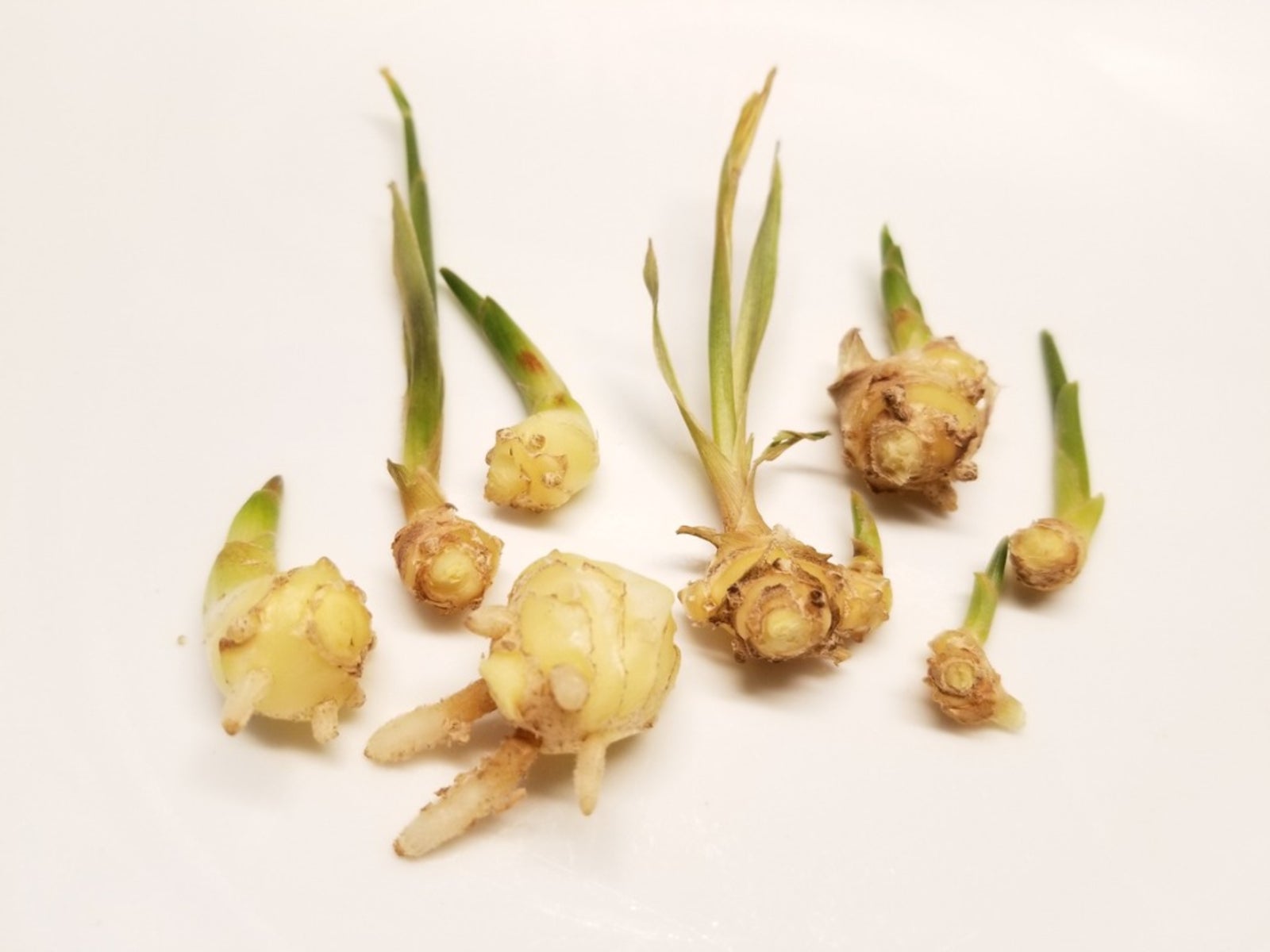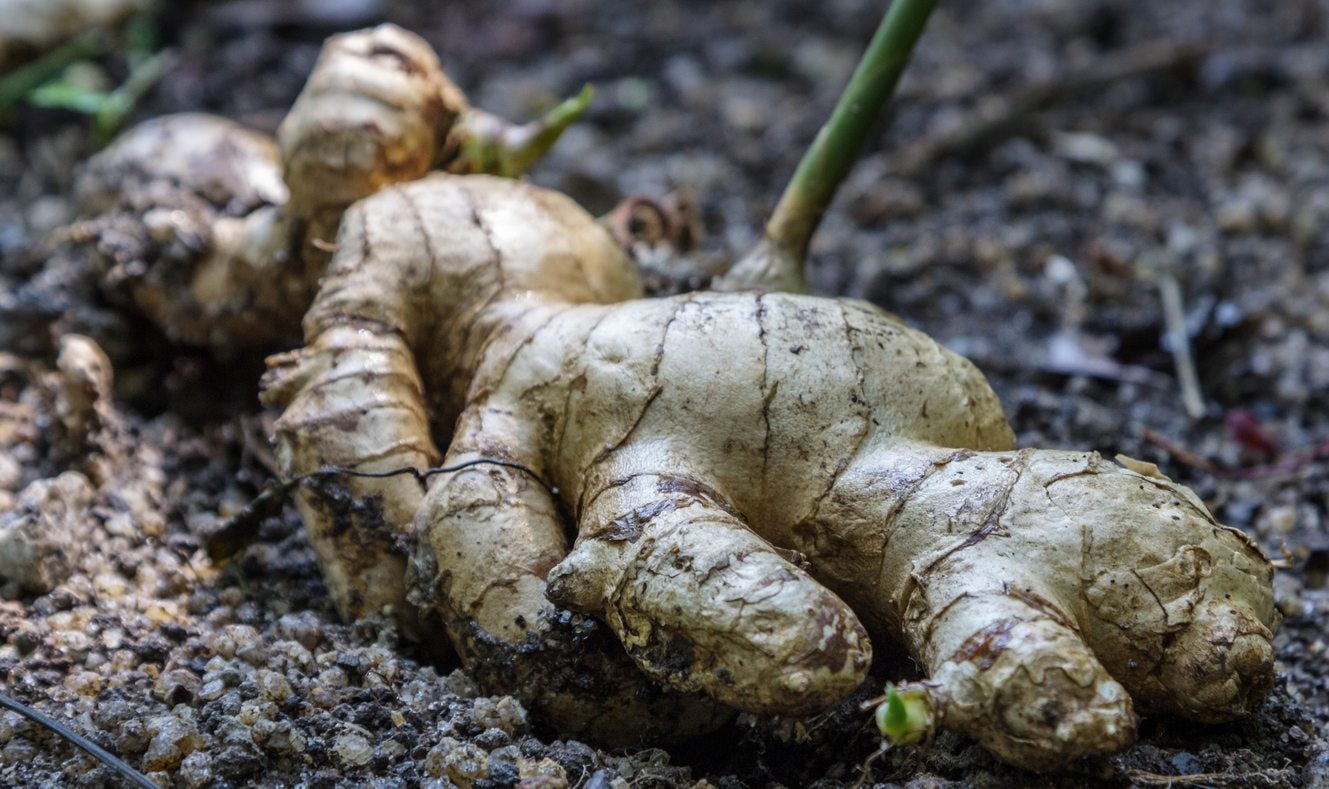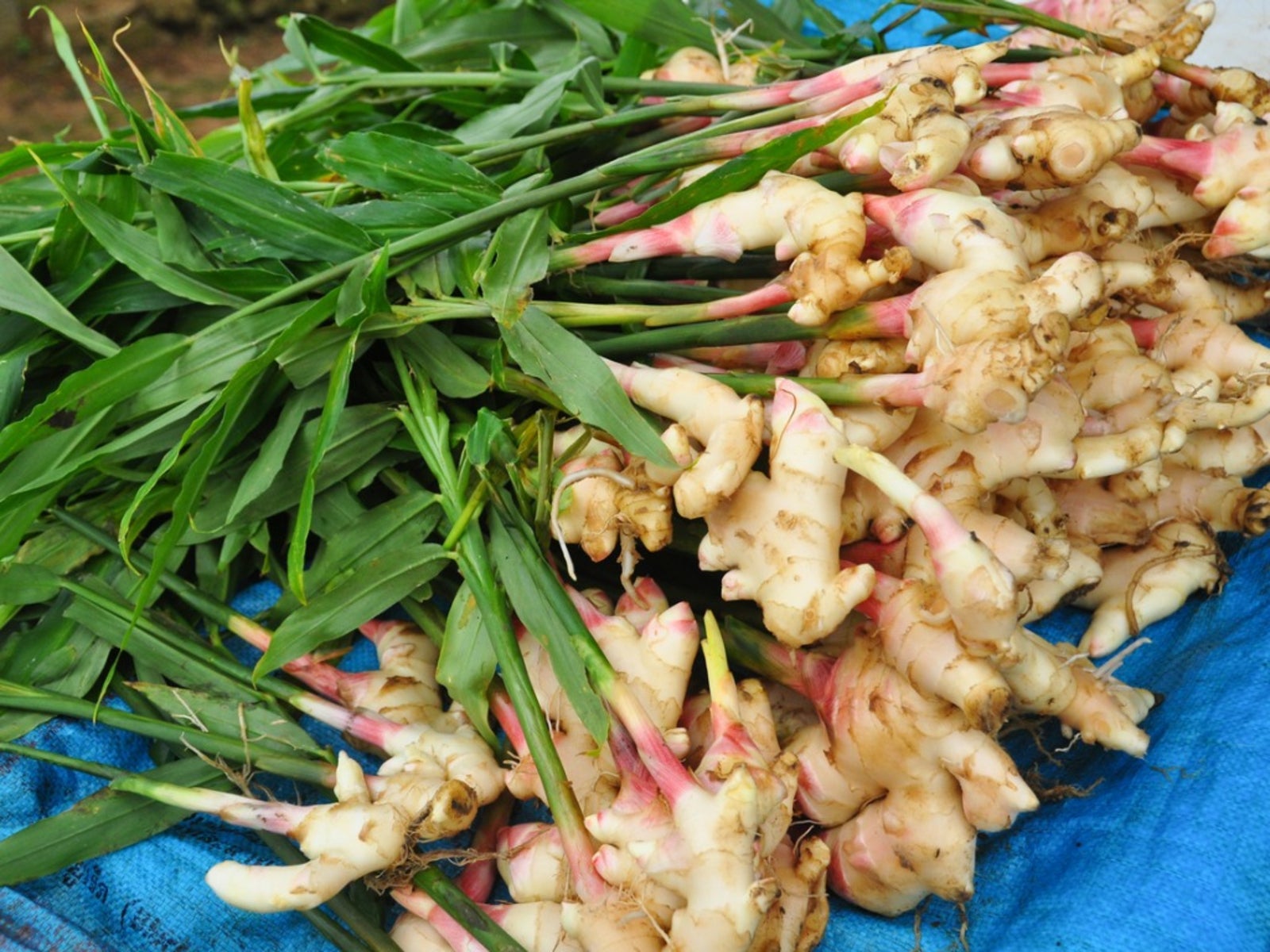Ginger With Brown Leaves: Learn Why Ginger Leaves Are Turning Brown


Ginger plants are fun and interesting additions to gardens and parlors anywhere, but they can be fickle about growing conditions. Brown leaves can be an alarming symptom, but the chances are good that your plant is showing a sign of stress, rather than a sign of sickness. Read on to learn more about browning ginger leaves.
Ginger with Brown Leaves
Ginger plants can be charming and exotic houseplants and garden plants; their hardy nature makes them welcome in a wide range of environments. Although they suffer few serious problems, they do complain loudly when they’re not getting what they need, with the results often being browning ginger leaves. Brown leaves on a ginger plant isn’t usually a sign that your plant is doomed, but it is a sign you should take a careful look at the conditions where it’s growing. If your ginger leaves are turning brown, there are many reasons that this could be happening. These are some of the most common: Dormancy. Some varieties of ginger will go dormant if they dry out too much. Although they shouldn’t be kept damp, they do need moisture to sustain themselves. Let the top of the soil dry out between waterings, then water deeply. If the plant is dying back, but the rhizome is otherwise healthy, watch for new growth to appear. Light. There are about 1,600 known species in the family Zingiberaceae, also known as the ginger family. That means that it’s hard to know exactly what kind of light your ginger needs without knowing the specific variety, but if the leaves look scorched, washed out, crispy, or paper-like, they may be getting sunburned. There’s no way to fix this once it has started, but you can move that ginger into less intense sunlight and allow it to put out new leaves in a safer location. Dappled shade or indirect, but bright light are winners for many ginger plants. Fertilizer. Ginger needs regular fertilizer, especially when it’s in a pot. Focus on feeding potassium and flushing out excess salt by drenching pots thoroughly, then allowing all the excess water to run away from the container. Salt-related injuries will usually cause leaf tips and edges to brown but flushing the soil with plain water will help remedy the condition. Sickness. There are a handful of diseases that could be implicated when ginger leaves are browning. They’ll typically be followed by plant collapse, so go ahead and dig up part of your rhizome and inspect it closely. If it’s firm, smooth, and sound, your plant is probably normal and healthy. Sick gingers have dry rot, bacterial ooze, soft rot, and other unpleasant signs of disease readily visible. Destroy these plants immediately, as there is no way to save them. In the future, ensure that ginger plants have excellent drainage and adequate light for optimal health.
Gardening tips, videos, info and more delivered right to your inbox!
Sign up for the Gardening Know How newsletter today and receive a free copy of our e-book "How to Grow Delicious Tomatoes".

Kristi Waterworth was a regular contributor to Gardening Know How for many years, answering countless queries on plant pests and diseases.
-
 Get Ready For A Summer Of Hummers! Grow These Full Sun Hummingbird Plants and Flowers
Get Ready For A Summer Of Hummers! Grow These Full Sun Hummingbird Plants and FlowersIf you’re lucky enough to enjoy a sunny backyard, make sure you are maxing out on your pollinator opportunities and grow these full sun hummingbird plants and flowers
By Tonya Barnett
-
 12 Lush Alternatives To A Lawn For Sustainable Spaces
12 Lush Alternatives To A Lawn For Sustainable SpacesAlternatives to a lawn are beautiful and also beneficial to your local ecosystem and its pollinators. Explore our top picks for plants to replace grass.
By Tonya Barnett
-
 Homemade Ginger Ale Straight From The Garden
Homemade Ginger Ale Straight From The GardenLearn here how to grow your own ginger and check out a recipe for homemade ginger ale.
By Bonnie L. Grant
-
 Can I Plant Grocery Store Ginger - How To Grow Grocery Store Ginger
Can I Plant Grocery Store Ginger - How To Grow Grocery Store GingerGinger has a lengthy history and was once bought and sold as a luxury item. But perhaps you have wondered, “Can I plant grocery store ginger?”. Read on to find out.
By Amy Grant
-
 Ginger Harvesting Guide – Learn How To Harvest Ginger Plants
Ginger Harvesting Guide – Learn How To Harvest Ginger PlantsPeople have been harvesting ginger root for its aromatic, spicy rhizomes for centuries. Given that these delectable roots are underground, how do you know if its ginger harvesting time? Click here to find out when to pick and how to harvest ginger.
By Amy Grant
-
 Diseases Of Ginger – Recognizing Ginger Disease Symptoms
Diseases Of Ginger – Recognizing Ginger Disease SymptomsGinger can be an interesting addition to your edible landscaping. Careful planning and a watchful eye will ensure that you never have to experience any of the ginger plant diseases found in this article. Click here for more information on treating sick ginger plants.
By Kristi Waterworth
-
 Japanese Ginger Info: How To Grow Myoga Ginger Plants
Japanese Ginger Info: How To Grow Myoga Ginger PlantsJapanese ginger roots are not edible. The shoots and buds of this plant are edible and can be used like an herb in cooking. Japanese ginger uses aren't limited to food, though. Learn more in this article.
By Mary Ellen Ellis
-
 Can Ginger Grow Outside – Ginger Cold Hardiness And Site Requirements
Can Ginger Grow Outside – Ginger Cold Hardiness And Site RequirementsOnce an exotic herb is grown only in tropical locations, today homeowners all over the world can grow their own ginger in the garden. Click the following article to learn more about growing ginger outdoors along with their outdoor requirements.
By Darcy Larum
-
 Hydroponic Ginger Plants – Can You Grow Ginger In Water
Hydroponic Ginger Plants – Can You Grow Ginger In WaterTo grow ginger, these conditions need to mimic those where it grows naturally, but what about hydroponic ginger plants? Can you grow ginger in water? Click on this article to find out about rooting and growing ginger in water.
By Amy Grant
-
 Ginger Plant Division : How To Divide Ginger Plants
Ginger Plant Division : How To Divide Ginger PlantsSeparating a ginger periodically will encourage new growth and can garner new plants from divided rhizomes. The trick is knowing when to divide ginger and how to do it without damaging the parent plant. This article will help with that.
By Bonnie L. Grant